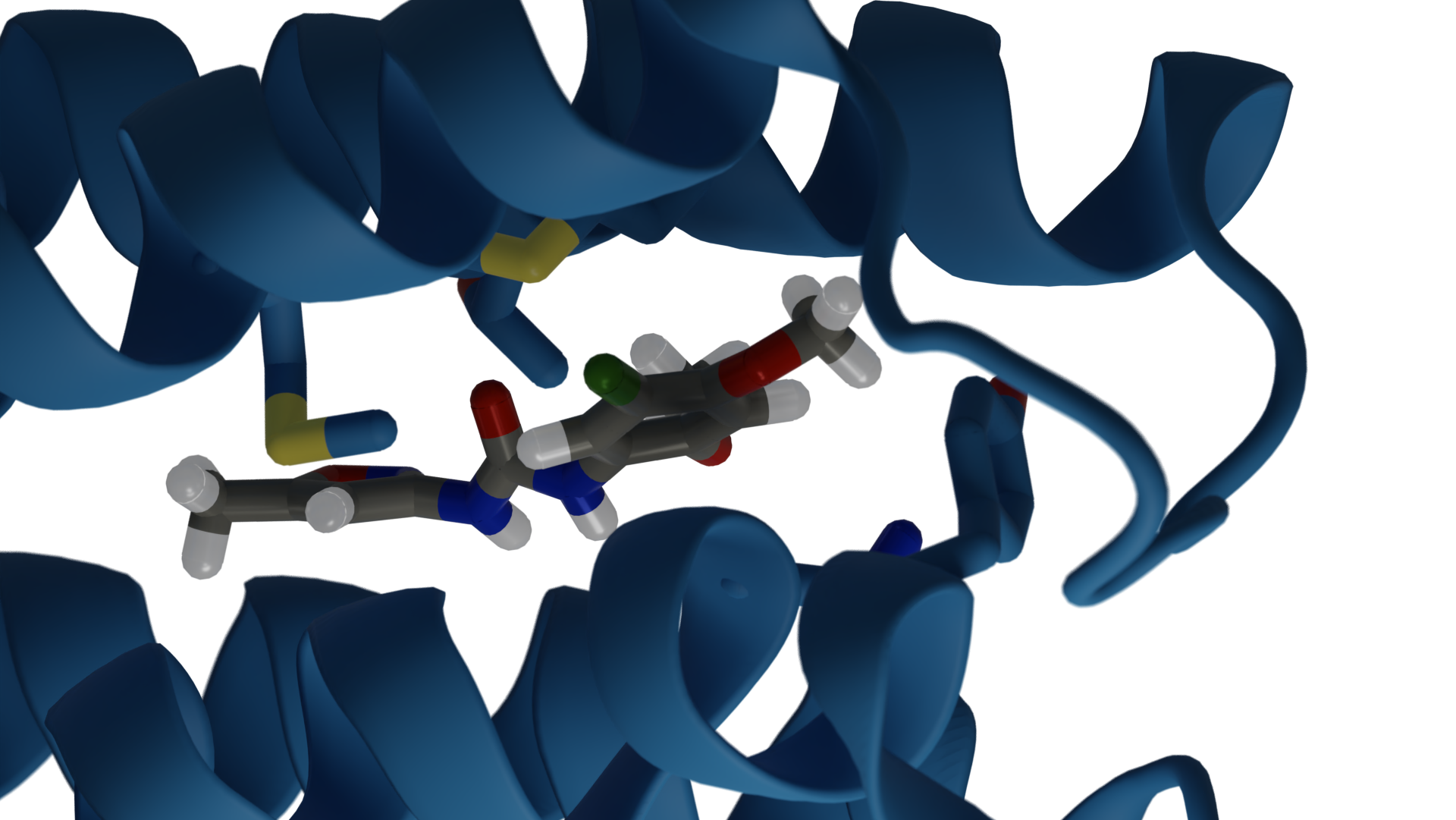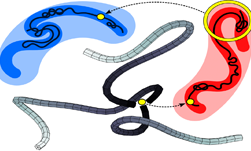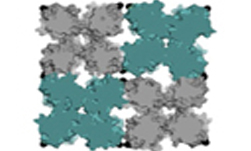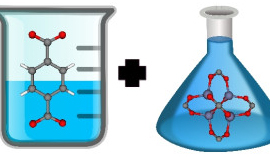Research Area Specialist Dr. Joshua A. Anderson at University of Michigan was an early user of GPU computing technology. He began his career developing software on the first CUDA capable GPU, and now runs simulations on one of the world’s most powerful supercomputers.
His “contributions to the development and dissemination of the open source, GPU-enabled molecular simulation software, HOOMD-blue, which enables scientific computations with unprecedented speed” earned him the 2015 CoMSEF Young Investigator Award for Modeling and Simulation.
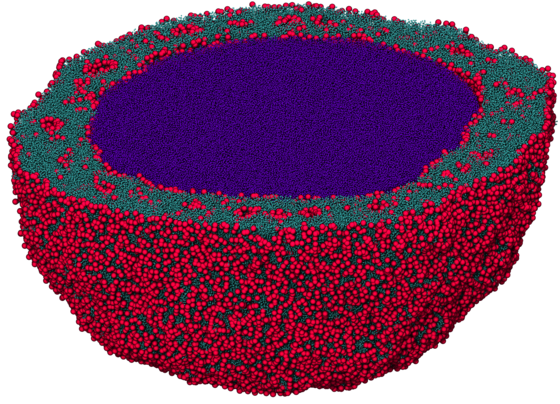
Anderson is part of the Glotzer Group where they use computer simulations to discover the fundamental principles of how nanoscale systems of building blocks self-assemble, and to discover how to control the assembly process to engineer new materials. Specifically, they focus on the role of particle shape and how changing the shape can result in different material properties.
Read more on Parallel Forall >>
Developing New Materials with GPU-Accelerated Supercomputers
Jan 07, 2016
Discuss (0)
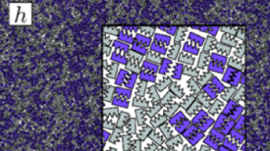
Related resources
- GTC session: Advancing Innovation in Accurate Simulation of the Light With GPU Computation (Presented by Ansys, Inc.)
- GTC session: Advancing Innovation in Accurate Simulation of the Light With GPU Computation (Presented by Ansys, Inc.)
- GTC session: Poster Reception (Sponsored by Cadence)
- GTC session: Poster Reception (Sponsored by Cadence)
- GTC session: A Deep Dive into the Latest HPC Software
- GTC session: A Deep Dive into the Latest HPC Software
